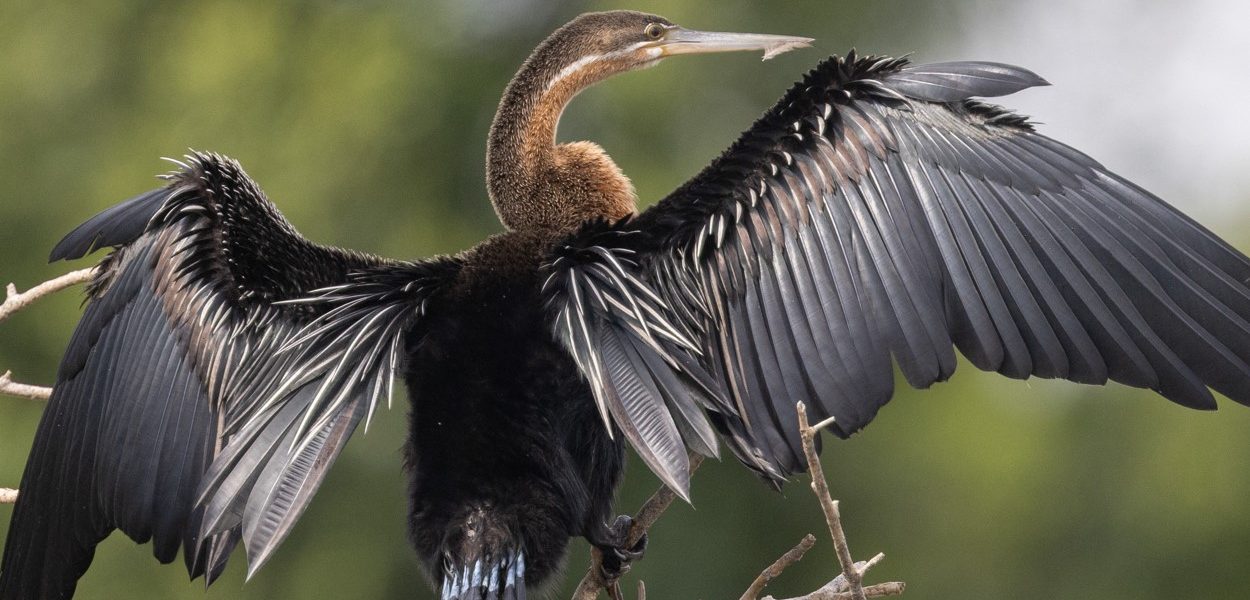Introduction
With over 450 bird species recorded, Murchison Falls National Park is not only a haven for large mammals but also a premier destination for birdwatching in Uganda. Stretching from savannah to swamp, and from riparian forest to river delta, this expansive park offers one of the most diverse avian habitats in East Africa.
Whether you’re an avid birder or just enjoy spotting colorful birds while on safari, Murchison Falls delivers unforgettable sightings — including iconic species like the shoebill stork, Goliath heron, African fish eagle, and secretive nightjars.
This guide introduces you to the top birds to look out for, the best spots to find them, and helpful tips for a rewarding birding safari in Uganda’s oldest and largest national park.
Birding Safaris in Uganda
BirdLife International – Uganda
1. Shoebill Stork (Balaeniceps rex)
The shoebill is the crown jewel of birdwatching in Murchison Falls. Found mainly in the Nile Delta region, this rare and prehistoric-looking bird is a must-see for serious birders.
Key Features:
- Large, stocky body (up to 140 cm tall)
- Massive shoe-shaped bill with hooked tip
- Blue-gray plumage and yellow eyes
Behavior:
- Solitary and silent
- Stands still for long periods while hunting lungfish
- Most active in the morning (6:00–9:00 AM)
Shoebill Viewing Cruises
Shoebill Conservation – African Bird Club
2. African Fish Eagle (Haliaeetus vocifer)
The African fish eagle, Uganda’s national bird, is commonly seen along the Victoria Nile. Its loud, echoing cry and dramatic hunting dives make it one of the most charismatic birds in the park.
Identification:
- White head and breast, dark brown body
- Powerful hooked beak
- Often perched on tall trees near water
3. Goliath Heron (Ardea goliath)
The largest heron in the world, the Goliath heron, can be spotted along the riverbanks and delta wetlands. It’s an unmistakable sight with its size and slow, deliberate movements.
Description:
- Stands up to 1.5 meters tall
- Grayish plumage with a chestnut neck
- Hunts fish by spearing with a lightning-fast jab
4. Abyssinian Ground Hornbill (Bucorvus abyssinicus)
A giant among hornbills, the Abyssinian ground hornbill stalks the savannah on foot and is often seen in pairs or small groups.
Identification:
- Black body with white wing tips (seen in flight)
- Bare blue-and-red facial skin
- Known for booming calls at dawn
Savannah Bird Species of Murchison Falls
5. Secretary Bird (Sagittarius serpentarius)
This elegant raptor, with its long legs and quill-like feathers, is rare but a thrilling find on the northern savannah plains of the park.
Fun Facts:
- Hunts snakes and rodents on foot
- Nests in flat-topped acacia trees
- Long tail and crest give it its “secretary” name
Best Areas for Game Drives in Murchison Falls
6. Swamp Flycatcher (Muscicapa aquatica)
A small, unassuming bird that’s easily spotted in wetland and riverbank vegetation, especially around Paraa and delta zones.
Identification:
- Brown upperparts and pale underparts
- Constant tail wagging
- Insectivorous — hovers briefly to catch prey
7. Giant Kingfisher (Megaceryle maxima)
The largest of all African kingfishers, this bird is often seen on exposed branches overlooking the Nile River.
Appearance:
- Black and white speckled chest
- Large crest and powerful bill
- Known for dramatic dives into the water to catch fish
Kingfisher Species of Africa – Avibase
8. Northern Carmine Bee-eater (Merops nubicus)
Bright, acrobatic, and loud — the carmine bee-eater lights up the skies in open savannahs and near sandy cliffs, where they nest in colonies.
Characteristics:
- Vivid pinkish-red body with turquoise-blue head
- Long, pointed tail feathers
- Eats bees, dragonflies, and butterflies in mid-air
9. Pied Kingfisher (Ceryle rudis)
Common and delightful to observe, the pied kingfisher hovers above the water before plunging to catch fish — a frequent sight on boat safaris.
Traits:
- Black-and-white plumage
- Hovering flight and high-pitched call
- Found in pairs or family groups along riverbanks
10. Nightjars (Caprimulgidae spp.)
Several nightjar species inhabit the park, though they’re elusive. Your best chance of seeing or hearing one is on night game drives.
Species Present:
- Long-tailed nightjar
- Pennant-winged nightjar (breeding males are spectacular)
- Plain nightjar
Night Safari Experiences in Uganda
Best Places for Birding in Murchison Falls
| Location | Bird Highlights |
|---|---|
| Nile Delta | Shoebill, Goliath heron, jacanas |
| River Nile | Kingfishers, fish eagles, herons |
| Budongo Forest | Forest flycatchers, turacos, hornbills |
| Savannah (North) | Secretary birds, ground hornbills, eagles |
| Rabongo Forest | Blue turaco, colobus monkeys & birdlife mix |
Guided Birding Tours in Murchison Falls
Birding Safari Tips
- Go early in the morning or late afternoon — birds are most active then
- Bring binoculars and a field guide
- Consider hiring a specialist birding guide
- Use boat safaris for aquatic species and rare views
- Stay in camps near birding hotspots (e.g. Nile Delta or Budongo)
Top Birding Gear for African Safaris
Conservation of Birds in Murchison Falls
Murchison’s avian diversity depends on habitat preservation, water quality, and control of illegal activities such as:
- Wetland encroachment
- Poaching of birds for trade
- Use of harmful pesticides near buffer zones
The Uganda Wildlife Authority, conservation NGOs, and local birding communities are involved in monitoring bird populations, protecting nesting areas, and promoting responsible ecotourism.
Conservation Projects in Murchison Falls
Nature Uganda – Bird Monitoring Initiatives
Conclusion
Whether you’re searching for the elusive shoebill, scanning the sky for a soaring fish eagle, or marveling at the brilliant colors of bee-eaters and kingfishers, birdwatching in Murchison Falls National Park offers one of Uganda’s most rewarding wildlife experiences.
For professional birders and curious travelers alike, this region stands as a top African birding destination, delivering unforgettable sightings and tranquil moments by the water’s edge.

